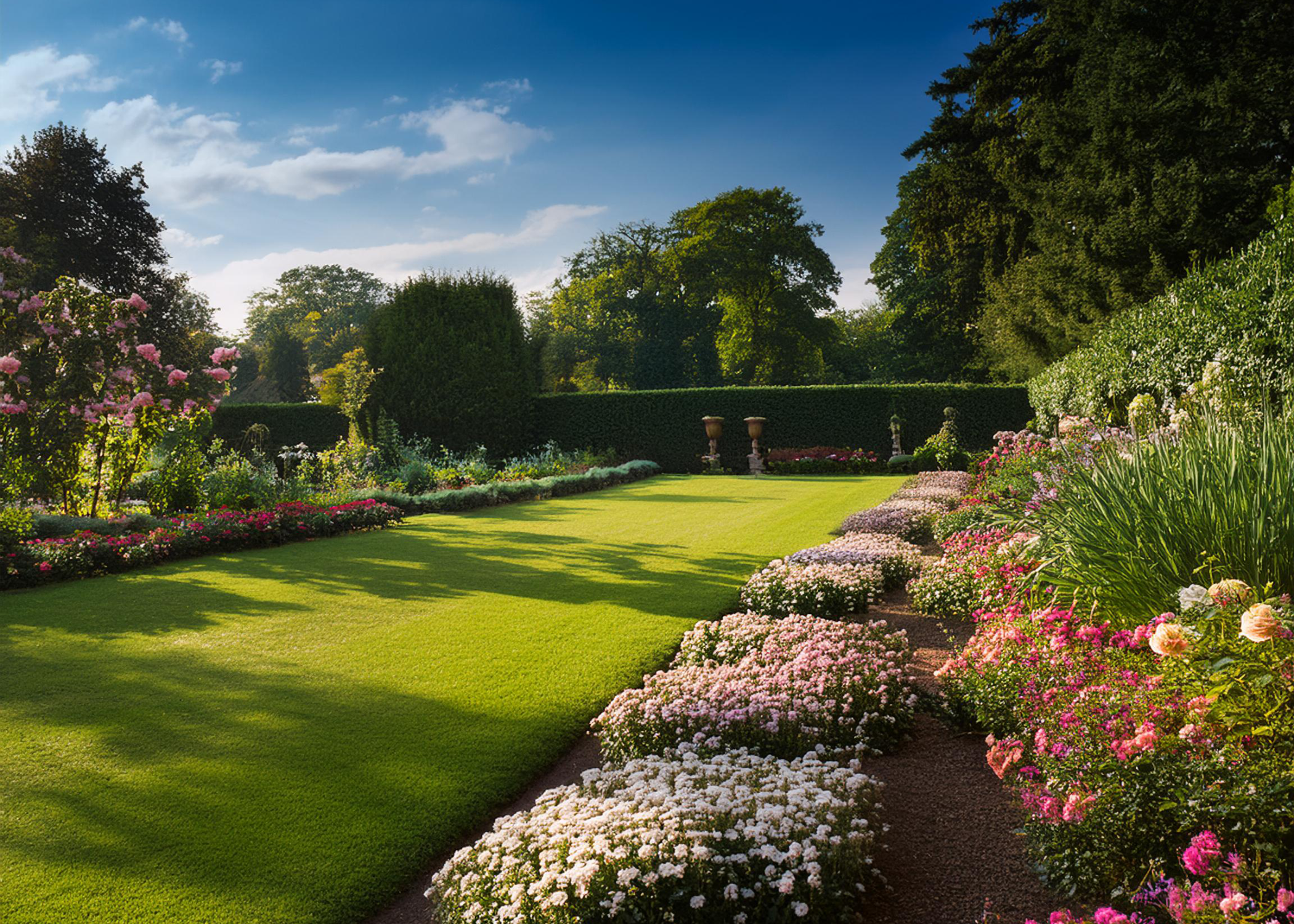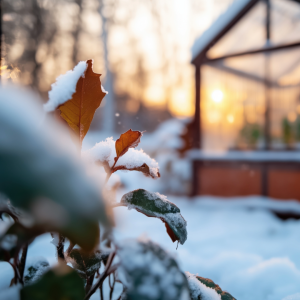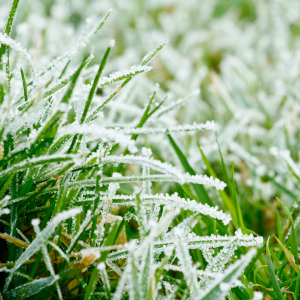Creating a beautiful yard can seem daunting, especially with all the choices and variables involved. However, following some tried-and-true tips can make the process more manageable and enjoyable. Here are ten DIY landscaping tips to help you transform your outdoor space into a stunning haven.
1. Year-Round Interest
To maintain a visually appealing yard throughout the year, select plants that offer interest in all four seasons. Plan for flowering trees and shrubs in spring and summer, vibrant foliage in autumn, and structural elements in winter. This strategy ensures that your yard is always engaging, no matter the season.
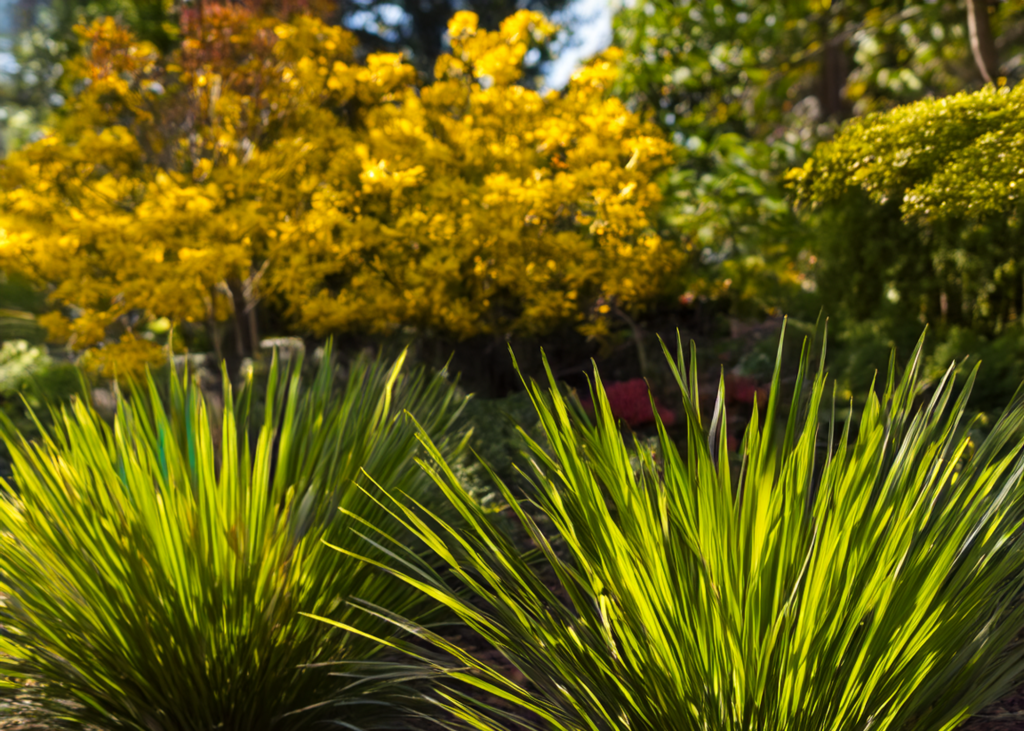
2. Layer Your Flower Beds
Organize your flower beds in three layers: the back row with the tallest plants, the middle row with medium-height plants, and the front row with the shortest plants. This tiered arrangement not only looks attractive but also ensures that each plant gets the sunlight it needs. Repetition of plant types and colours throughout your yard can create a cohesive look.
3. Creating Continuity
Incorporate evergreens and other foliage plants to maintain continuity in your landscape design. While deciduous trees and shrubs add colour and variety, evergreens provide a steady backdrop and structure, keeping your yard visually stable throughout the year.
4. Annuals Supplement Perennial Colour
Perennials are wonderful but they often have a limited blooming period. Fill the gaps between perennial blooms with annuals to ensure continuous colour in your yard. This approach keeps your garden vibrant and lively from spring through fall.
5. Incorporate Hardscape
Don’t limit your landscaping to plants. Hardscape elements like walls, fences, decks, and arbours add structure and definition to your yard. These features can frame your property, create transitions from indoor to outdoor spaces, and add functional areas for relaxation and entertainment.
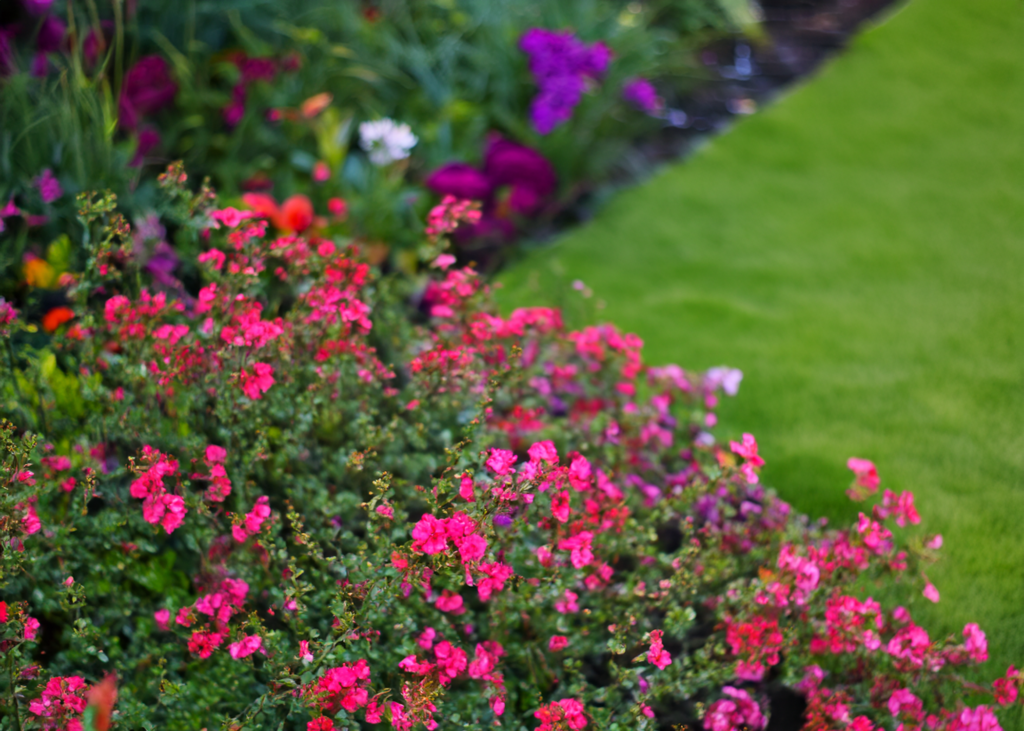
6. Install Water Features: It’s Easier Than You Think
Water features such as fountains, ponds, and waterfalls can serve as stunning focal points in your garden. With modern materials like pre-formed liners, durable pumps, and flexible tubing, installing a water feature is easier than ever. The soothing sounds and visual appeal of water can greatly enhance your landscape.
7. Using Form and Texture
In addition to flowers, consider the form and texture of plants. Evergreen conifers, with their varied foliage shapes and textures, can add depth and interest to your garden. Mixing different forms and textures creates a dynamic and engaging landscape.
8. Make Your Life Easier With a Low-Maintenance Yard
Plan for a low-maintenance yard to ensure you enjoy it without being burdened by upkeep. Choose plants that require minimal care and design your landscape to reduce the need for frequent watering, weeding, and pruning. A well-planned low-maintenance garden will save you time and effort.
9. Use Drought-Resistant Plants
To keep your garden looking fresh and vibrant through the summer heat, select drought-resistant plants. These plants can thrive with less water and are ideal for hot, dry climates. This approach helps you conserve water and reduces the need for constant watering.
10. Types of Flowers
Match the types of flowers you plant with the conditions in your yard. Consider light and soil requirements to ensure that the flowers you choose will thrive in their specific locations. Proper selection of plants based on their needs will lead to a healthier, more successful garden.
Conclusion
Landscaping your yard doesn’t have to be overwhelming. By following these ten tips, you can create a beautiful, functional, and low-maintenance garden that provides year-round interest. Take your time, start small, and enjoy the process of transforming your outdoor space into a personal paradise.

